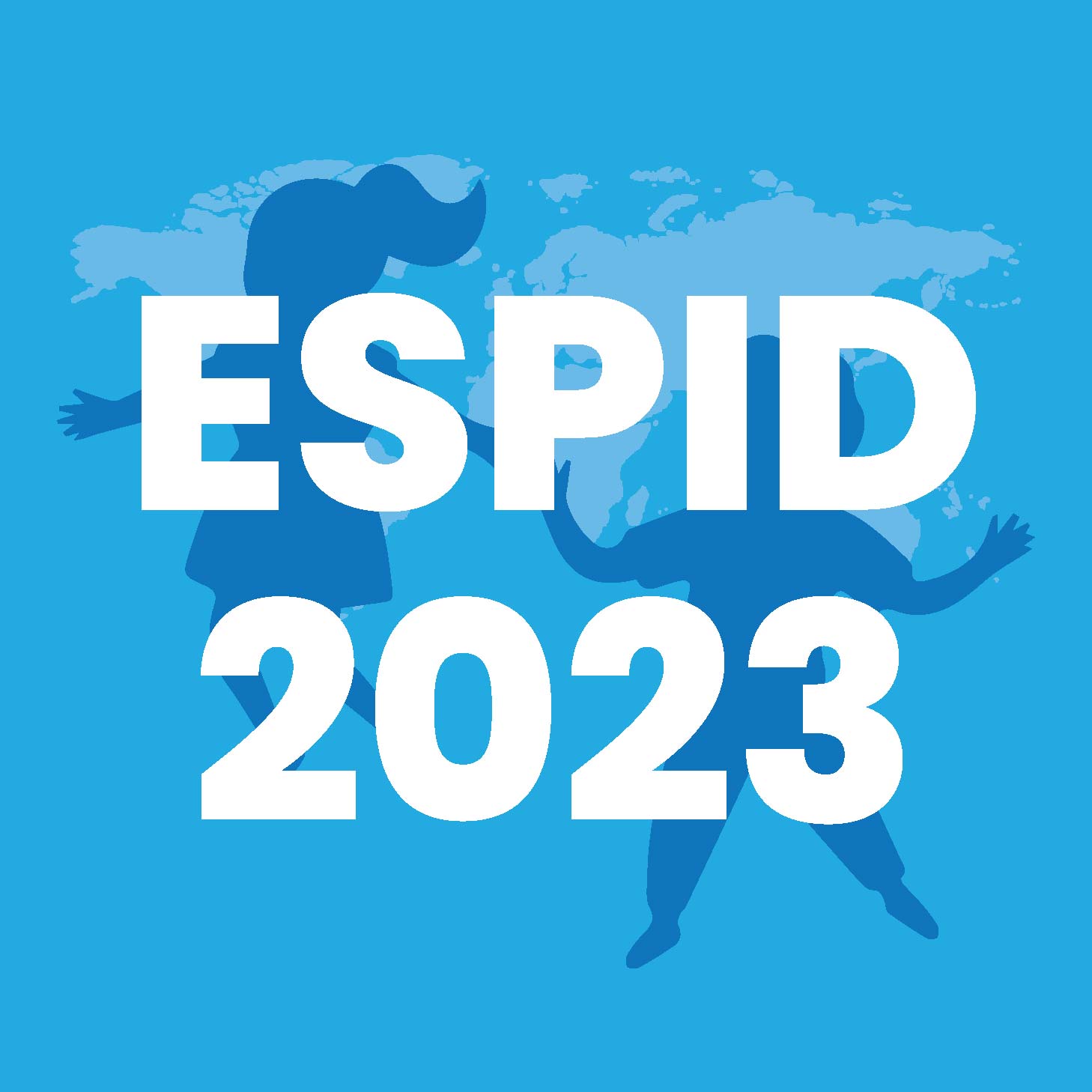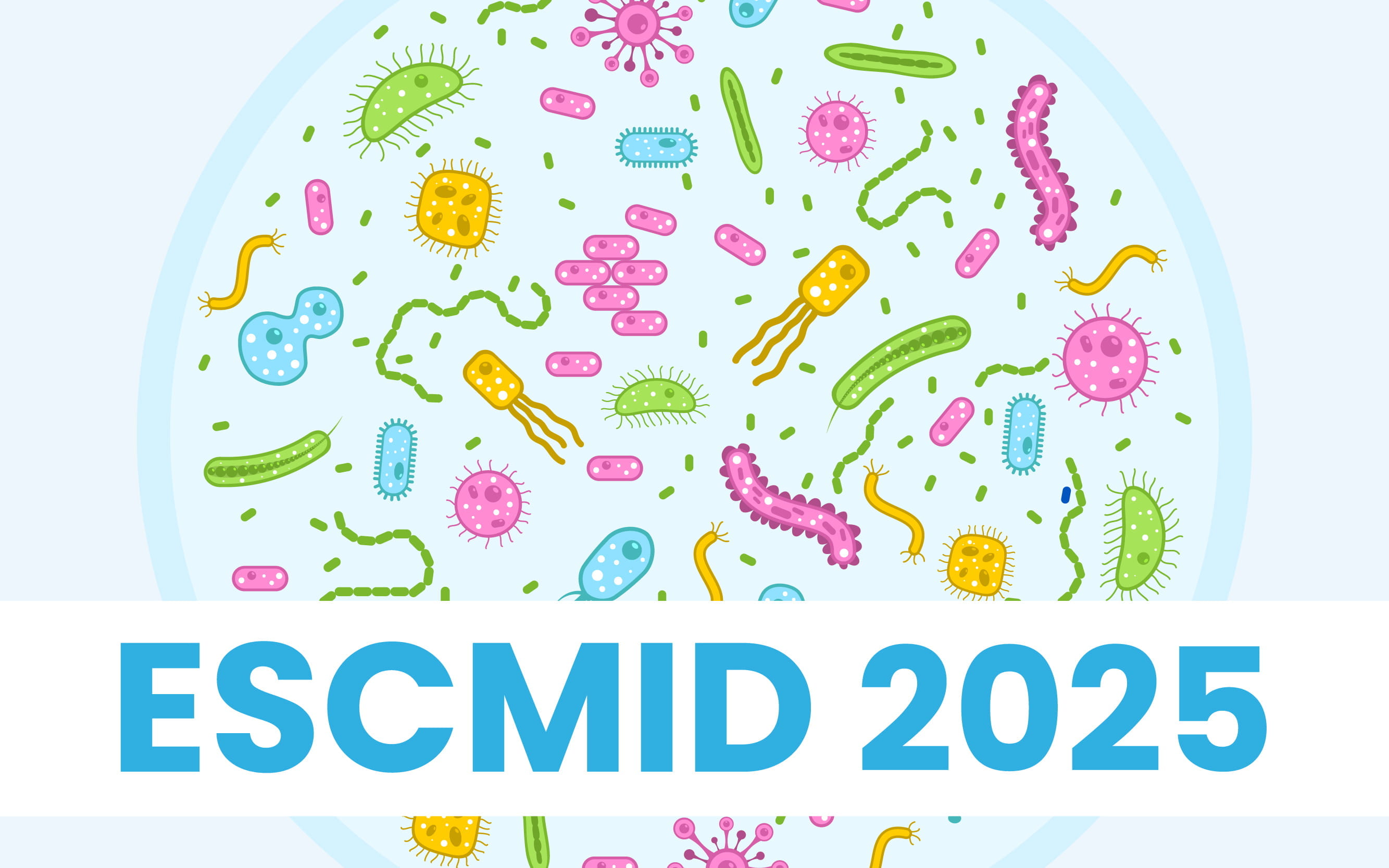ESPID 2023: How Respiratory Viruses Cause Bacterial Pneumonia?
Respiratory Viruses and the Microbiome
Respiratory infections are complex and cannot be fully understood through a reductionist approach to identifying specific pathogens. Many children carry potential pathogens, but only a few develop severe or invasive diseases. This highlights the involvement of multiple factors in the development of respiratory infections. A study investigated bacterial-bacterial and viral-bacterial interactions in respiratory infections. It examined Streptococcus pneumoniae, non-typeable Haemophilus, Moraxella catarrhalis, and Staphylococcus aureus. Human coronaviruses were often linked to the respiratory syncytial virus (RSV) and showed connections with increased non-typeable Haemophilus and decreased M. catarrhalis levels.
Humans are a "Holobiome" - a combination of our human genome and the genetic makeup of our microbiome. The microbiome is interconnected with our bodies, adapting to different regions like ecosystems in various environments, such as the respiratory tract adjusting to factors like CO2, O2, pH, and humidity. A balanced upper respiratory tract microbiome promotes health by resisting pathogens, while an imbalanced one causes inflammation, symptomatic disease, and increased infection vulnerability. Restoring health after infection is challenging, leading to symptomatic and asymptomatic cycles.
A case-control study examined lower respiratory tract infections in children and found that human metapneumovirus (HMPV) and human rhinovirus (HRV) showed a significant difference in prevalence. The microbiota analysis revealed that the case group had less Moraxella and more non-typeable H. influenzae and S. pneumoniae. RSV was the number one cause of infection, followed by S. pneumonia and non-typeable H. influenzae. A novel study from the European rescue consortium compared healthy children to those with RSV. In moderate and severe RSV cases, non-typeable H. influenzae and S. pneumoniae were found, while mild cases showed no significant distinctions. Healthy children had higher levels of Corynebacterium and Dolosigranulum, which decreased with illness severity. The Microbiome Utrecht Infant study found that a balanced upper airway microbiota was linked to fewer infections in the first year of life. Delivery mode, breastfeeding, siblings, daycare attendance, and season influenced microbiome development. Non-typable Hemophilus and Moraxella presence correlated with low-grade inflammation and a higher risk of symptomatic infections with certain respiratory viruses.
Human Challenge Model: Viral-Bacterial Interaction in Respiratory Tract
Pneumococcal colonization is crucial for disease development and bacterial transmission. Pneumococcal conjugate vaccines (PCV) have proven effective in inhibiting colonization, leading to reduced transmission in both vaccinated and non-vaccinated adults.
Controlled Human Infection Models (CHIM) deliberately infect participants with a specific pathogen to study disease progression, identify protection factors, and test vaccines. CHIM studies randomize participants into vaccine and control groups, challenge them with the pathogen, and compare colonization rates to evaluate vaccine effectiveness. The Experimental Human Pneumococcal Challenge (EHPC) model uses live bacteria to challenge participants and analyzes changes in immunological responses before and after the challenge. This model has an average colonization rate of 10-8% and has been used in over 2000 participants with no severe adverse events reported. A Serotype 3 Challenge model has also been developed and used in approximately 500 participants.
Two double-blind trials studied the interaction between influenza and pneumococcal infections using Live Influenza Virus (LIV) in the nose. Results showed a higher risk of pneumococcal colonization after influenza exposure, with up to 60% attack rates. The exposure to influenza before pneumococcus increased pneumococcal density, while the reverse order possibly reduced density. A study examined the relation of immune response to influenza and pneumococcal infections and found a proinflammatory response after influenza infection and changes in immune cell populations in the nose following both infections. Monocyte infiltration in the nose was associated with bacterial clearance, but prior influenza infection impaired this response to pneumococcal encounter.
The order in which a person is exposed to different pathogens can significantly impact their immune responses. Studies have shown that prior colonization by pneumococcus can lead to reduced immune responses to influenza and SARS-CoV-2 antigens. This can result in decreased immune responses in the upper airways and lungs, fewer memory cells and diminished T-cell responses, including CD4 and CGH T-cells, during COVID-19 infection. Experimental medicine studies revealed that individuals without any virus in their noses have a 50% chance of developing pneumococcus, whereas those with asymptomatic respiratory tract infections have a 75% chance, increasing their risk of acquiring the bacteria. A study found that respiratory viral infections, specifically rhinovirus, influenza, and RSV, increase the risk of acquiring pneumococcal colonization. High colonization density also increases the likelihood of pneumococcal micro-aspiration into the lungs and pneumococcus expiration from the nose. The study found that 36% of people with pneumococcus in their nose expire it, with 63% expiring it through the nose and 31% through coughing. The study suggests that colonization density is crucial in transmitting pneumococcus from one host to another.
Respiratory Viruses and Bacterial Pneumonia: Lessons from the COVID-19 Pandemic
Respiratory infections such as pneumonia in patients are often caused by viruses, and the same viruses are typically found to be significantly different than in controls. In young infants, the most common viruses causing respiratory infections are RSV, Pneumococcus, Hemophilus, Influenza, and Parainfluenza, with frequency changing with age.
Pneumococcal conjugate vaccines (PCVs) can reduce rates of pneumonia by 50%, suggesting bacterial infection is a major cause. The introduction of PCVs can reduce admissions for pneumococcal septicemia, pneumococcal pneumonia, and RSV specialization in the first year of life. A study to test the relationship between viruses and bacteria in causing disease is challenging to plan. The COVID-19 pandemic can serve as a "Divine Experiment" to better understand this relationship. A nationwide study conducted in Southern Israel examined the impact of the COVID-19 period on respiratory infections. The study found that the circulation of respiratory viruses significantly decreased during this time and gradually returned out of season. This decrease led to a reduction in community-acquired alveolar pneumonia, while non-capsulated lower respiratory tract infections decreased initially but later increased. Pneumococcal bacteremic pneumonia followed a similar pattern, while non-pneumonia invasive pneumococcal diseases remained stable throughout the study. A study examining the attribution of different viruses to various outcomes found that RSV is the predominant virus responsible for community-acquired pneumonia in children, with 60% attribution in the first year of life, 50% in the second year, and 30% in the third to fifth year. Other viruses like rhinovirus, parainfluenza, and influenza also played a role but were not as significant as RSV. A recent study in France found a significant reduction in pneumococcal invasive pneumococcal disease (IPD) in children. Reduction in IPD attributed to the decrease in influenza (53%) and respiratory syncytial virus (40%) instead of carriage. It also found significant decreases in influenza-like illness (91%) and bronchitis (74%). A Canadian study investigated the link between RSV and influenza in children under five in Quebec. Unexpectedly, the peak of RS virus influenza occurred out of season, and the correlation between invasive pneumococcal disease and RSV was strong in young children but not with influenza. In older age groups, the correlation with RSV was weaker but still significant with influenza.
RSV co-infection is a major contributor to pneumonia cases. Pneumonia can be effectively treated with pneumococcal conjugate vaccines, particularly PCV 13, which reduced cases by 50%, including those caused by targeted pneumococcus types. Pneumococcus was responsible for 75% of pneumonia cases. This highlights the importance of understanding the interaction between pneumococcal intervention and RSV for effective disease prevention.
COVID-19 offers a chance to study viral-bacterial interactions in childhood pneumonia. Antibiotics should only be used for bacterial infections, not viral ones. Conjugate vaccines, while beneficial, can disrupt the normal flora. Combining RSV with extended-spectrum pneumococcal vaccines could provide a solution without disturbing the natural flora.
41st Annual Meeting of the European Society for Paediatric Infectious Diseases (ESPID), 8-12 May, 2023.




